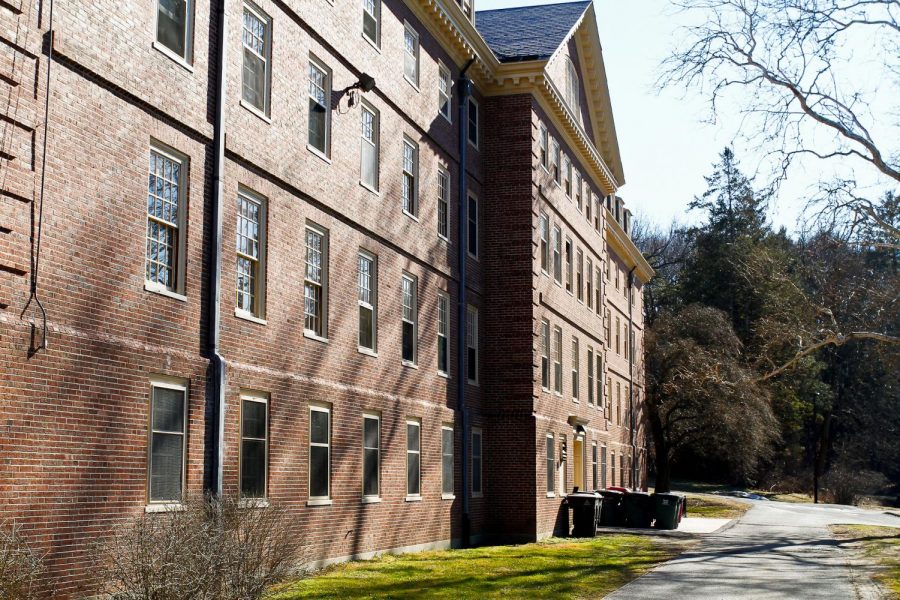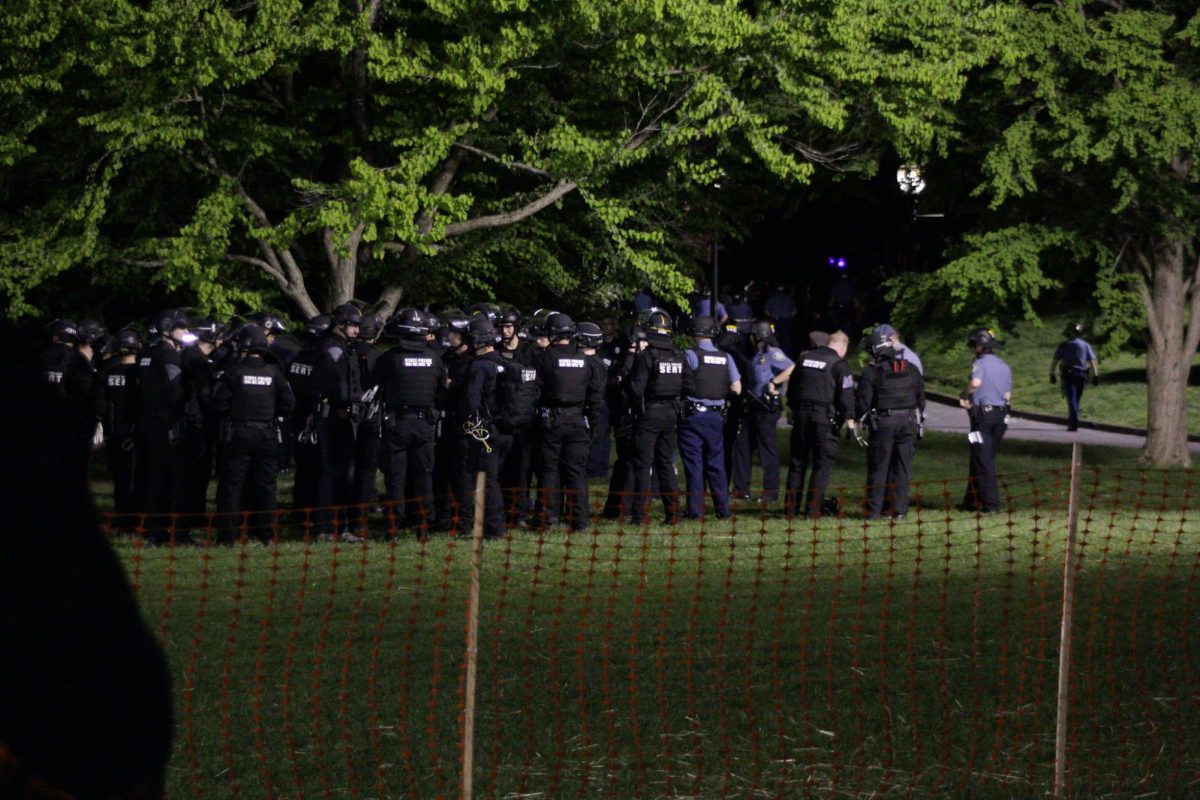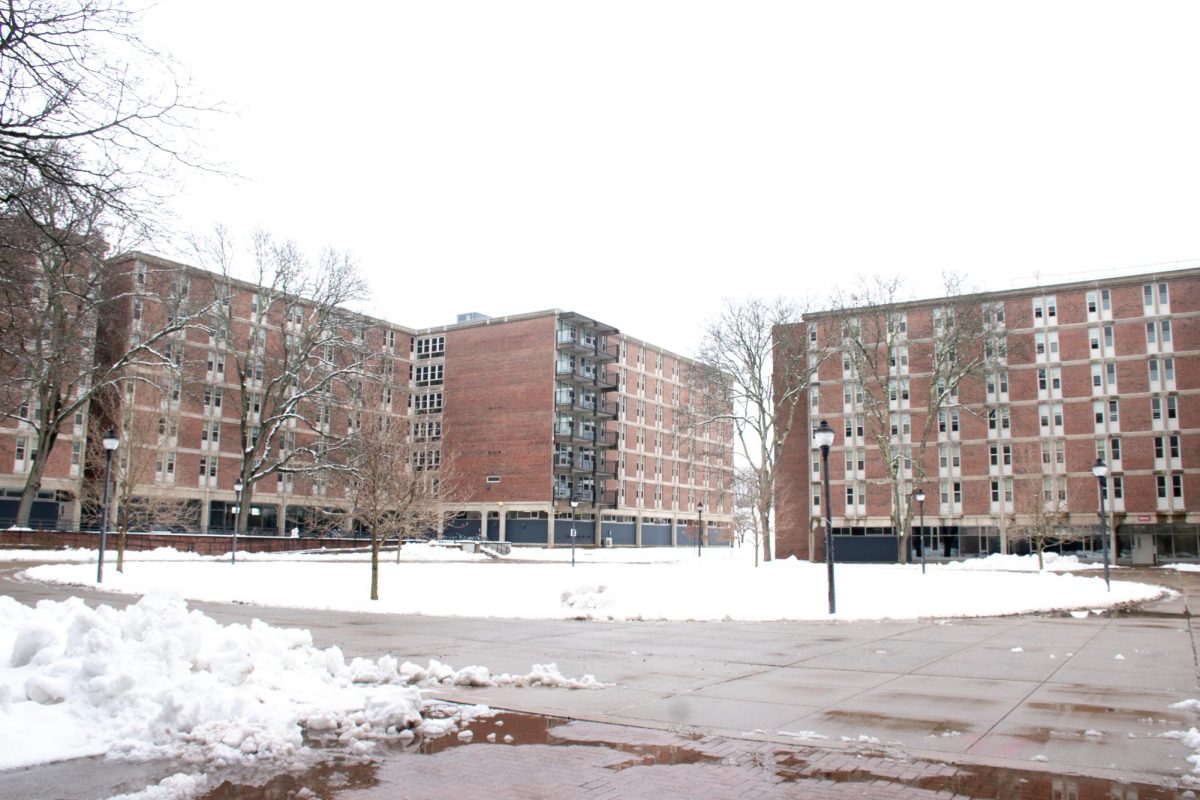One of the important ways the SARS-CoV-2 spreads is through the air. As such, any attempt to control its spread requires reducing the concentration of viral particles in the air, particularly in indoor spaces. Assessing the safety of a space therefore requires information about its air quality: what ventilation and air filtration systems are being used, and how often the air in a room is replaced with clean air.
The Graduate Employee Organization (GEO) has been trying to obtain basic air quality information from the University of Massachusetts administration, which has responded with consistent resistance and lack of transparency. In response, GEO was forced to file an unfair labor practices complaint against the University, which is currently in mediation. As a result, the University finally provided some basic ventilation information to GEO on Feb. 12. The provided information lists the type of ventilation system in each campus building and the type of air filters that are installed.
To understand campus air quality, we first need to distinguish between two types of ventilation systems. Ventilation systems that are “100 percent outdoor air” do not recirculate any air from within a building. All other systems reuse air in some capacity, necessitating the use of air filters to reduce the number of circulating viral particles. According to UMass, some buildings on campus, including two residence halls, use 100 percent outdoor air systems. For the rest, we now know that the university is using filters that meet the MERV-13 standard, which are high-quality filters required by the ASHRAE standards the University reports it follows. In some buildings, the University says that supplemental portable air filtration systems can be installed upon request, although it is not clear if this applies to residence halls.
This is an important point, because the University reports that in most residence halls only the hallways and bathrooms are ventilated. It is unclear if common spaces, like the kitchens students are directed to use to pick up their food orders, are ventilated. The majority of dorm rooms are unventilated. The University recommends cracking open a window in dorm rooms, although whether this meaningfully increases airflow is not addressed, nor is the feasibility of doing so during a New England winter.
This brings us to the crux of the matter, which is that the information we have so far is not sufficient for a full assessment of air quality in UMass buildings. Even if high-quality filters are installed, they are only effective if air is moved through them at a fast enough rate to maintain a low concentration of viral particles within a space. As such, a key piece of information we lack is the number of air changes per hour (ACH), which is defined as the amount of “clean” air entering a room divided by the room’s volume. According to a report published by Harvard School of Public Health, classrooms should target an ACH of 4-6. If the ACH is too low, there are straightforward steps that can be taken. Ventilation systems can be upgraded or reconfigured, or portable devices can be installed for supplemental filtration.
Right now, we don’t know if UMass buildings are safe to be in because the administration has not released any information on ACH in campus spaces. This is an important health and safety concern, and it is troubling that the university has not provided better information. We are left with two conclusions: either (1) the University has not measured ACH in campus spaces, or (2) they have, and are not releasing the results. That the University has not been transparent is a matter of fact: the little we know now is a result of GEO forcing the administration to release information.
The actions the University needs to take are not complicated. First, they should be transparent about the information they have on campus air quality. If they have additional data, like the number of air exchanges per hour in each building, they should release it; if they don’t have this information yet, it should immediately be gathered. If the results aren’t satisfactory, the University should take steps to upgrade or change the configuration of ventilation systems or provide portable air filtration devices, including in residence halls.
An evidence-driven response to the coronavirus requires evidence, which the University has either not gathered or refuses to release. The administration should immediately release all air quality information they have so that everyone can make informed decisions about the safety of being in campus spaces.
Herb Susmann
Herb Susmann is a graduate student in the Department of Biostatistics and Epidemiology, School of Public Health and Health Sciences, and a member of the Graduate Employee Organization.



















